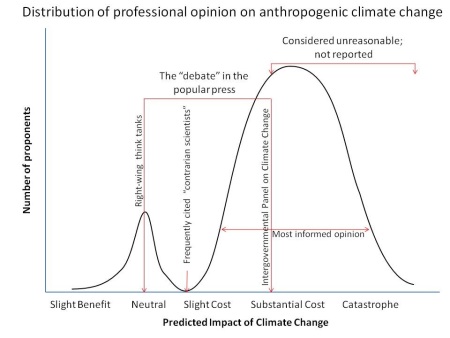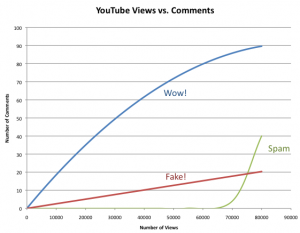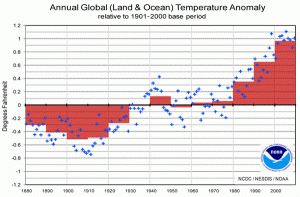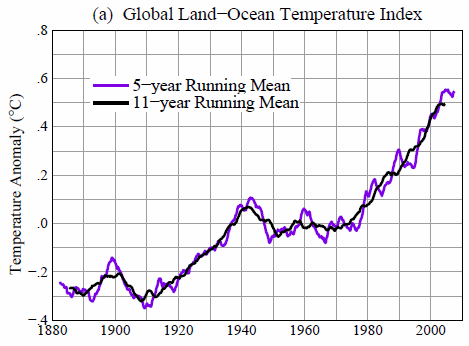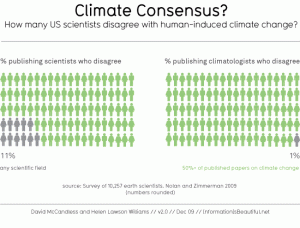Synchronicity is in the air.
Al Giordano, whose opinions on things like this were borne out repeatedly during the presidential campaign, wrote the other day on what Obama has really been up to with the stimulus bill: The partisanship trap:
…Obama’s strategy is to set [Congressional Republicans] up for another rout in the 2010 Congressional elections and to hasten, in the meantime, the process by which they wake up and realize their seats are vulnerable. The President doesn’t need their votes on the Stimulus (therefore, this maneuver is not about the Stimulus, but more akin to a football team calling a running play to set up a later passing play). The truth is that so many Congressional Democrats are so undependable that Obama will need some Republican votes later on other legislative priorities, particularly in the Senate in order to get 60 votes for “cloture” to allow bills to be voted up or down: On the Employee’s Free Choice Act, on Immigration Reform (and now he needs one more to offset the anti-immigrant junior Democratic Senator from New York), on children’s health care and much, much more. To get to that point, he has to make individual Republicans feel vulnerable at the ballot box to Democratic challenge. Today’s events are speeding that process up.
In the end, Obama’s “bipartisanship” is one of the most Machiavellian partisan maneuvers we’ve seen in Washington in a long while, and I use that description in its most admirable context. The Republicans fell right into the trap today. Progressives that urge Obama to be more “partisan” should pay close attention to how the GOP is getting pwned before falling into the same trap themselves.
hilzoy is likewise someone who has emerged from the last few years with many of her interpretations vindicated by subsequent events. She makes a similar argument in Bipartisanship and the stimulus:
If Obama had gone to the Republicans and said: I propose a bill entirely made up of things Democrats really want and you really hate, but please, do join us in supporting it!, that wouldn’t work at all. But he didn’t do that. He went the extra mile. When Republicans protested about particular things, he dropped some of them (though not all: he was not, for instance, willing to compromise on refundable tax credits, and he was right not to compromise on that one.) There’s a fine line between being willing to compromise and being willing to surrender, and I think Obama generally stayed on the right side of it, while being open enough to compromise that he will get real credit for trying.
The House Republicans, by contrast, looked silly. They were carping about tiny bits of the stimulus (the capitol mall?!). They changed the bits they objected to from one day to the next, and looked for all the world like what I take them to be: people who were determined to oppose the stimulus bill from the outset.
This reminds me of a recent bout of Wikipedia editing I got involved in. As always, I came away with the feeling that it’s the people on your own side who are the biggest pains in the ass when trying to craft a consensus on a controversial article. Case in point: user hrafn’s one-man campaign to “win” the evolution/creationism debate for the evolutionists at the Strengths and weaknesses of evolution page. More detail (much, much more detail) about my views on how this runs counter to Wikipedia’s neutral point of view policy is available on the article’s talk page, if you’re interested.
I made it a personal challenge to try to do everything “right” in Wikipedia terms. I assumed good faith. I made it about improving the article, not about the personalities. I worked for consensus on the Talk page, rather than getting caught up in revert wars in the article itself. It took a long time, and ultimately, while I think I made some good points and achieved some small, but measurable, improvements in the article, I gave up. Life’s too short, and I’ve got other things I care about. You win, hrafn. For certain values of “win”.
The “big three” core policies of Wikipedia, the so-called Trifecta, are these: 1) Remain neutral. 2) Don’t be a dick. 3) Ignore all rules. Taken together, I think they really do offer hope for building consensus on controversial questions. But it’s not a quick process. Quoting hilzoy, again:
To my mind, it is generally a good idea to act on the assumption that your opponents are reasonable people. (There are, of course, exceptions: e.g., when you don’t have time.) It’s the right thing to do morally. But it’s also generally the right thing to do tactically. I think this is especially true when you suspect that your opponents are, in fact unreasonable. You should always hope to be proven wrong, but if you are not — if your opponents are, in fact, unreasonable — then by taking the high road, you can ensure that that fact will be plain to the world.
Anyway, this is a long way to go to get to it, but I’m hereby apologizing to shcb for losing my cool with him in the comments about global warming science. It’s understandable that people who aren’t climate scientists (which, as far as I know, none of us around here are) are going to have different views on the degree of scientific consensus (or its lack). And while I can have my own opinion on the bad reasons someone might have for elevating the views of people like Joel Kotkin or Larry Summers or James Inhofe over those of the scientific mainstream, it doesn’t buy me much to make accusations in that area.
Evaluating the claims of science is actually fairly hard, in that science asks us to transcend traits that have been baked into us over the course of millions of years of primate evolution. Meanwhile, recognizing whether or not someone is being a dick is pretty easy. Given that, being dickly is a good way to lose the argument, at least in the eyes of a substantial chunk of whatever audience you have. Most people don’t keep score on the basis of journal citations and scientific reputation. They keep score on the basis of who sounds more reasonable. So it’s important to sound reasonable.
One last synchronistic item: I liked the op-ed piece in today’s edition of the Incredible Shrinking Print Media by Deborah Heiligman: The Darwin’s marriage of science and religion.
Although they never were able to see eye-to-eye on the question of religion and God, [Charles and Emma Darwin] were able to reach their hands across the gulf. In the end, each of them accepted and, it seems, truly understood what the other believed.
If it is a sign of intelligence to be able to hold two opposite thoughts or opinions in your head, then it is a mark of a successful marriage to be able to truly see the other person’s point of view. This is also the mark of a successful society.
